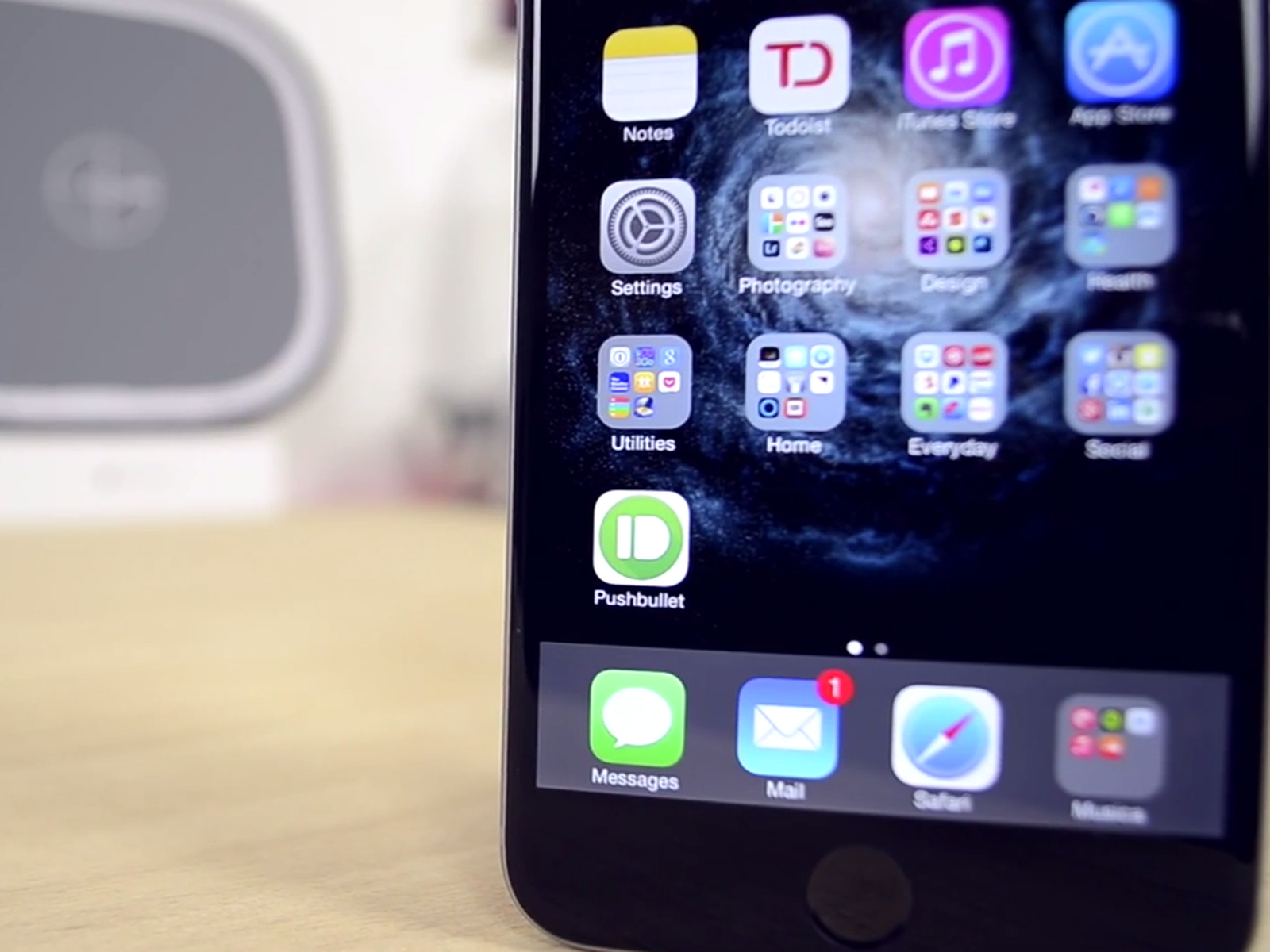

Gmail on Android makes you archive and reply directly from the notification, so Pushbullet offers to do the same. You can read it or dismiss it, but also interact with it. Here is a sample Gmail notification I got on my phone. If you want to make a blacklist - because, say, you would receive a native notification from another app on your laptop anyway - you can. Pushbullet also offers notification mirroring, so if you are on your laptop and away from your phone you will still be able to see all the notifications you receive (only if you give the app access to, of course). In short, every file you push from any device instantly becomes available everywhere else, all the time, thanks to Pushbullet's magic shared clipboard. From there, I will be able to retrieve that same image from a third device. What's cool, however, is that Pushbullet stores the push on the cloud, so in a situation like that, I can access my conversation from a third device either in the "Me" contact or "All Devices" tab. (This is what I did with the Strokes picture above.) You push that to your browser, and a new tab with the physical. Think of a scenario where a friend sends you a picture on iMessage on your iPhone. This is handy when you don't always have all your devices with you all the time. The interface is exactly the same on all platforms, so you can always see what you have transferred between two individual devices, or just access to everything. The "You" contact shows you the entire list of everything you have pushed yourself among your devices, but to see the individual "conversations" - in this case it's "Chrome" and my iPod - head into the Devices tab.


 0 kommentar(er)
0 kommentar(er)
